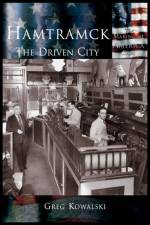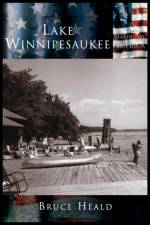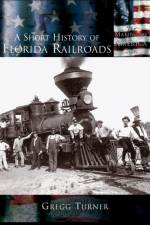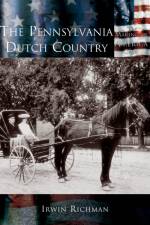av Bruce Heald
385,-
Documenting the history of Lake Winnipesaukee from its early Native American heritage to the lasting legacy of the first American settlers.A world unto itself, Lake Winnipesaukee and its environs have attracted and sustained a variety of cultures over the past centuries from early American Indian tribes to New World settlers to today's seasonal tourists. Whether Indian hunter, aspiring pioneer or modern-day angler, each, in turn, fell for the region's wild allure: its sheer natural beauty, fertile soils, and waters teeming with an assortment of fish, including great quantities of shad, salmon, pickerel, smelt, and trout. Within this magnificent setting, scores of hardy and resolute frontier men and women worked tirelessly to fashion homes and towns along the bays, tributaries, islands and shoreline of the lake. With over 150 accompanying illustrations, the many stories recorded in this unique volume evoke memories of a simpler way of life, when the lake was evolving from a scattering of humble villages, like Laconia, Meredith, and Wolfeboro, and just beginning to toy with a budding tourist industry. Readers of many generations will enjoy reliving the early summer camps, upstart businesses and the variety of entertainment and recreation the lake's waters have provided, such as canoe trips, steamships rides and ski boat adventures.






